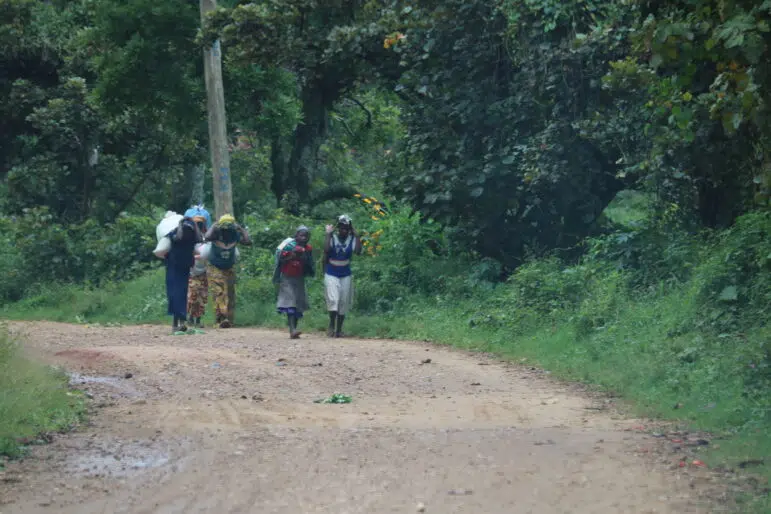Eastern DRC: Community First, Safety Reimagined
By Douce Namwezi, Head of Mission, NP DRC
In eastern Democratic Republic of the Congo (DRC), from Kalehe to Bukavu, people have always looked out for one another. Mutual aid—sharing food, shelter, and support—has long been part of how communities survive. But when it came to protection and safety, many traditionally looked to outside actors: the government, UN peacekeepers, or security forces. There was an expectation that someone else—someone in uniform—would take responsibility for keeping people safe.
Now, that’s changing.
There’s no shortage of headlines about predatory mineral deals and international agreements. But for people in eastern DRC, these negotiations are nothing new. They’ve been happening for years—and they haven’t brought the safety communities need. What’s different now is what’s happening at the community level.
Amid escalating violence and the collapse of formal authorities, communities are no longer waiting for the outside actor for safety. They are doing what they’ve always done—relying on each other—but with a renewed clarity: protection is something they must lead themselves. They are redefining what safety means, and who holds the responsibility for it. More often than not, the answer is: us.
To those making these deals, I ask: You’ve been chasing your dreams—but what about the dreams of others? What about the children who dream of finishing school? The woman who runs the small shop on the corner, hoping for a day without fear? In a world focused on individual success, how often do we pause to consider the dreams that live quietly in someone else’s life?
Recently, when violence closed the markets and we didn’t even have basics—like tomatoes, salt, or spices—we turned to each other. I’d borrow what I needed from my neighbor, and they’d do the same. When someone had to flee and couldn’t take their children, they left them with others in the neighborhood. We took care of each other. In the past, people might have gone to the UN compound to feel safe. Now, we’re redefining what protection means.
Groups of men began organizing to share security updates—where it was safe to go, which roads to avoid, where armed groups were moving—so others could stay safe. I’ve heard this over and over in the past few weeks: “In the past, we thought protection was someone else’s job. But now we know: we are the ones responsible for our own safety.”
This is our blueprint:
- Early warning systems: In several villages, women gather each morning for prayer—and use the time to share security updates. Displaced youth in Kalehe meet at soccer fields to support each other’s mental resilience and exchange vital safety information.
- Protective presence: To reduce risks of sexual violence, men escort women in small groups to water sources and markets. Communities have also identified nearby islands and pygmy villages as temporary safe zones.
- Evacuation strategies: Men often relocate families to safer villages and stay behind to guard homes, coordinating returns through community-based alerts.
- Economic and social solidarity: Displaced families are rebuilding savings groups (AVECs), which serve as both financial lifelines and safe spaces for emotional support, planning, and protection.
Community safety is not only possible, but already happening. This isn’t to say that people don’t need support. They do. What’s dangerous is assuming they are passive victims waiting to be saved. What they are asking for is support that strengthens their own protection mechanisms, not sidelines them.
At NP, we recognize this. That’s why we don’t introduce security from the outside—we build on what already exists. Our work in Unarmed Civilian Protection (UCP) begins with listening: understanding how communities have already been keeping themselves safe, and asking how we can support them to do it more effectively and sustainably.
When international agencies say “we cannot meet with authorities” because the current ones are armed actors, communities have already moved on. They are meeting with each other. They are mapping their own risks. They are creating safety where none is offered. And they are asking us to show up not with ready-made solutions, but with humility and tools they can use on their own terms.
As one community member put it, “We are the ones who have to be responsible for our protection first.”
It’s time the world recognized what’s already working—and invested in it.

